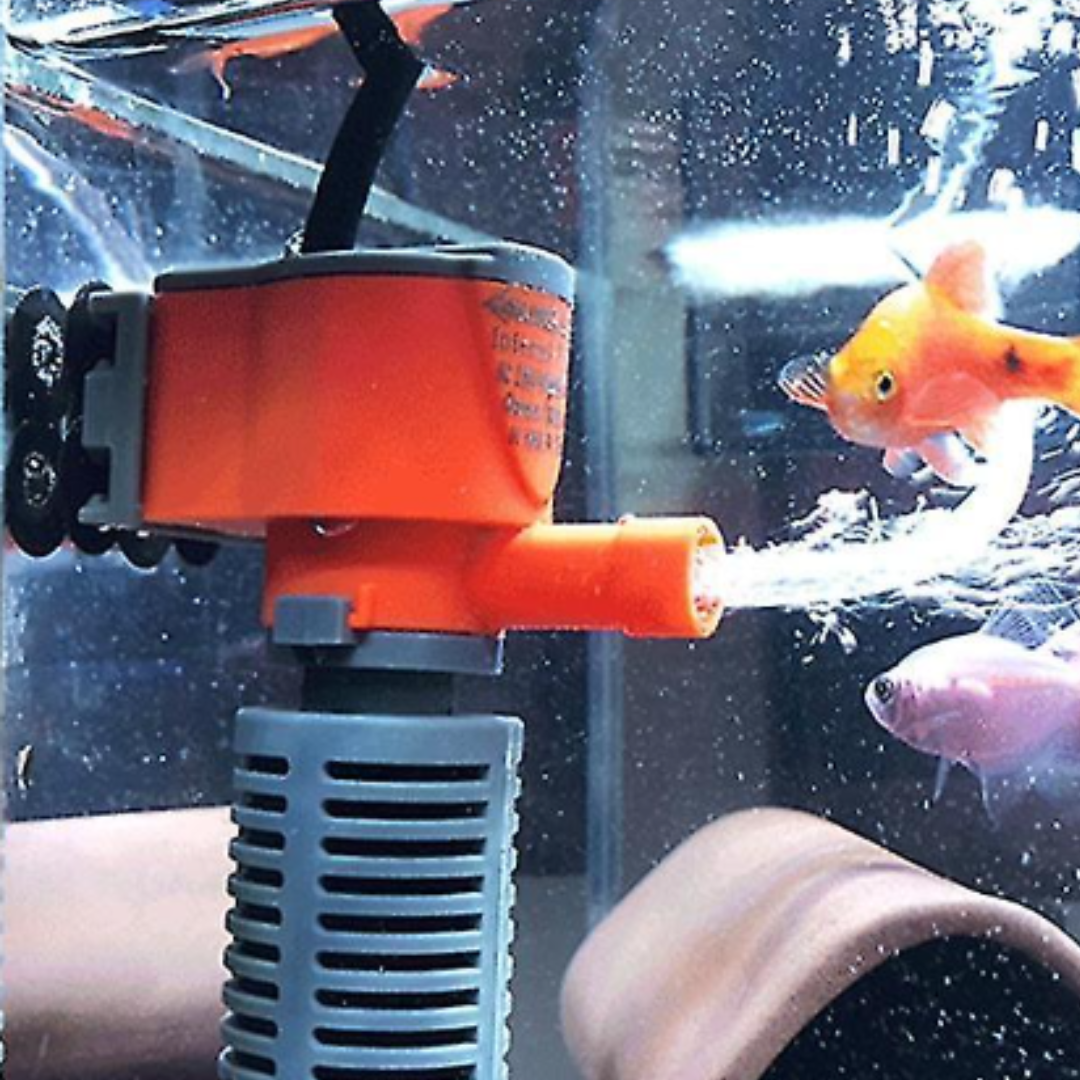Diving into the intricate art of reef aquascaping is not just about placing rocks, corals, and marine life in harmony. One aspect that often baffled me in my early days—and I’ve since learned is absolutely crucial—is the subtle science of water flow. Let’s dive into this tide together, drawing from research and personal mishaps, to help your reef thrive!
Deciphering the Flow: Is it too Strong or Gentle?
Water flow can be the silent make-or-break factor for many reef tanks. So, how can you tell if your currents are aiding or hampering your marine life?
Struggling Swimmers
Watch your fish. Your flow might be overpowering if they seem to exert more effort than necessary, perpetually swimming in place, or unable to navigate their domain freely.
The Chaotic Dance
When fish move in sudden, unpredictable patterns, or if they’re frequently tossed around, it indicates that the currents are erratic.
Shying from the Stream
Notice any marine life—fish or mobile invertebrates—sticking close to walls or the substrate? They could be trying to avoid an overpowering current.
Permanent Decor Dwellers
Fish that constantly hide behind rockwork, corals, or other decorations might be seeking refuge from the relentless force of the water.
Balancing the Tide: 11 Pro Tips to Modulate Water Flow
Where do you start once you’ve identified the need to adjust the water flow in your reef tank? Drawing from both trials and triumphs, here are methods that can help:
1 – The Filter Tweak
The simplest solution often lies in your filter settings. Modern filters often allow flow rate adjustments. Tweak it until you find the right balance.
2 – Sponge Power
By attaching a sponge to the filter outlet, you can disperse the flow, subtly reducing its direct force. It’s a hack I learned early on, and it’s been a game-changer.
3 – Spray Bars: An Unsung Hero
Spray bars, or diffusers, distribute water flow across a wider area. This can create a gentler, more even current in your tank.
4 – The Baffle Buff
A baffle, which can be DIYed using simple materials like a plastic bottle, helps redirect and soften the water flow, making environments more pleasant for your reef’s residents.
5 – Natural Barriers: Rocks and Greens
Strategically positioning your hardscape—rocks, plants, and other elements—can create natural breaks in the flow, ensuring some areas remain calm.
6 – A Change in Direction
Sometimes, adjusting the angle or position of your filter’s output can distribute flow more evenly, preventing overpowering streams.
7 – The Right Filter Fit
If you’ve tried numerous tweaks and the problem persists, you might need a different filter better tailored to your tank’s size and requirements.
8 – Taming the Source
Consider adjusting the intake valve. This regulates the volume of water sucked into the filter, potentially tempering the resulting flow.
9 – Controlling the Cascade
Like the inlet, the outlet or return can often be adjusted in many filtration systems. This lets you modulate the flow once the water has been filtered.
10 – Pre-Filter: The First Line of Defense
A pre-filter not only filters out large debris but also serves as an initial buffer, slightly diffusing the flow even before it reaches the primary filter.
11 – Decorative Diffusion
Incorporating additional decorations can naturally disrupt and spread out the flow. Plus, they enhance the beauty of your aquascape.
Conclusion
Through personal journeys and countless iterations, I’ve realized that mastering water flow in reef aquascaping is as much an art as it is a science. It’s the invisible hand that can shape the health and happiness of your tank’s inhabitants. By staying observant, continuously learning, and being willing to adapt, you can ensure your marine ecosystem doesn’t just survive, but thrives. To every aquascaping enthusiast out there: embrace the flow and let your reef flourish!

